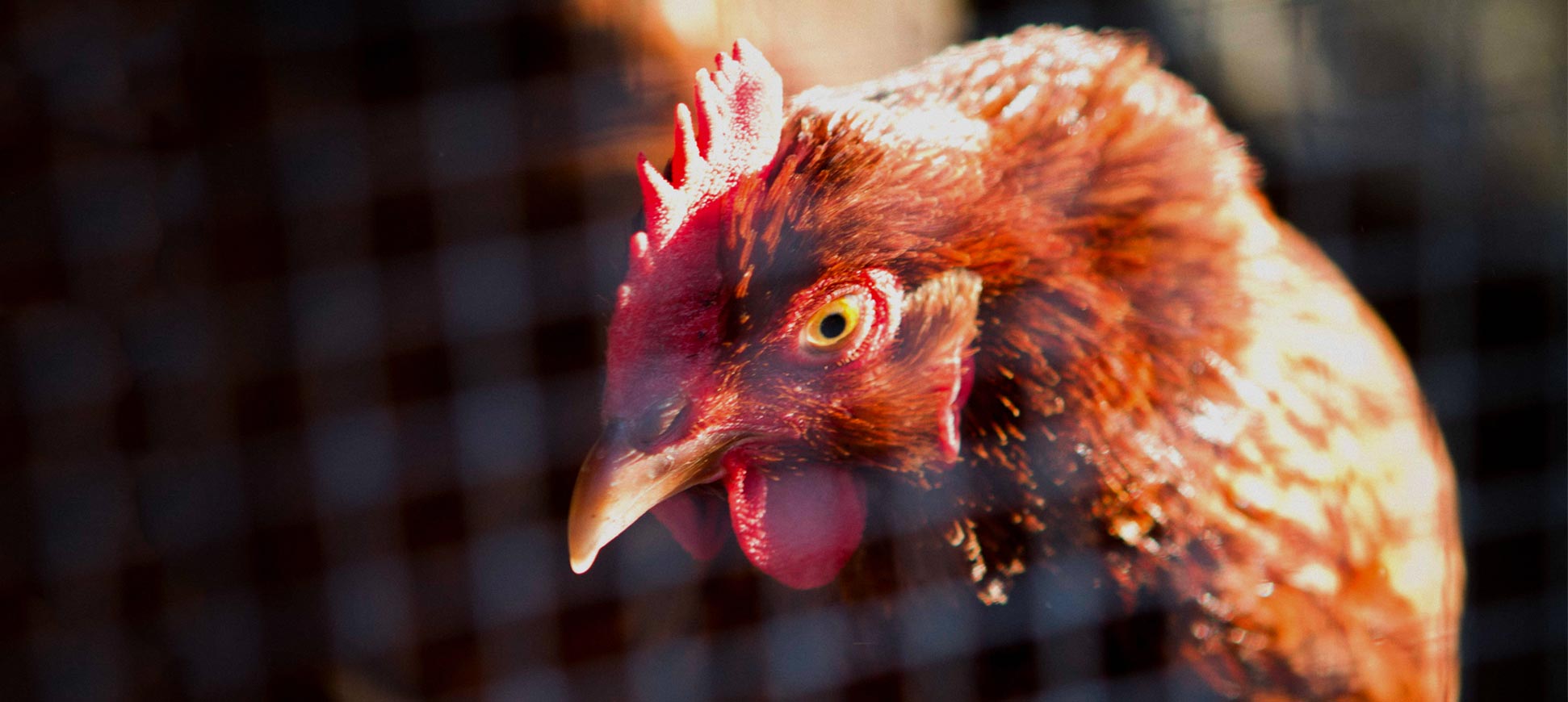While the Embrex® Inovoject® vaccination system has revolutionised the control of many diseases in poultry production, largely by making the vaccination process simpler and more cost effective, there remains a specific need for improvements in the quality and magnitude of the immune response of the embryo. Additionally, there are issues with co-administration of some live attenuated poultry vaccines. Dr Mark Tizard at CSIRO is leading a CRC project (Vaccine response boost through immune enhancing microRNA delivery in ovo) aimed at improving the immune response to current in ovo vaccines.
As Mark explained, “a number of products have been developed and tailored to the Embrex® system to control a range of diseases including infectious bursal disease (IBV), Marek’s disease (MDV) and coccidiosis. Although the immune system of the 18 day old embryo responds to these vaccines, there is substantial room for improvement and there are other vaccines that are still embryo lethal or ineffective if administered to the 18 day old embryo”.
Additionally, Mark noted that there are issues with co-administration of some live attenuated poultry vaccines. “For instance it is not possible to combine ILTV with either NDV or IBV for spray administration at day of hatch. Therefore ILTV has to be administered by drinking water from day seven post hatch and onwards. Another issue is that the NDV vaccine is lethal if administered in ovo”. Industry has expressed “a crying need for more effective vaccination regimens, and the ability to protect hatchlings from greater range of diseases particularly during the critical first two weeks of life”.
Rather than the traditional adjuvant approach, Mark’s project aims to use miRNAs (small molecules which are master regulators of cell type development and differentiation) to accelerate the maturation of the cells of the embryonic immune system. Success with current vaccines could present further opportunity to develop more vaccines in the in ovo format, i.e. those that are currently embryo lethal, and to develop new vaccination regimens.
Mark summarised his approach, saying, “in ovo maturation of the immune system presents three clear benefits. First is the improvement of efficacy of current in ovo vaccines without the need for reformulation, second is the possibility that vaccines currently administered post-hatch will become viable as in ovo vaccinations, and third is the possibility that chicks hatching with an already matured immune system will be more resilient to the pathogen loads (viral, bacterial and protozoan)”.
The potential to substantially improve hatchlings’ ability to mount their own immune responses to other pathogens encountered in the intensive production environment, including bacteria, is a highlight of this project. Improved natural response and resilience to bacterial pathogens is likely to become more of an issue as Australia moves towards removal of antibiotics in feed, which other countries are adopting or considering adopting. The move toward free range organic farming practices, which equates to increased exposure to pathogens in the environment, will also benefit from an augmented response to disease and bacterial challenge.
Finally, the economic value of this project is obvious; boosting flock immunity to a range of diseases will significantly reduce production losses. With Inovoject® vaccines being widely used throughout Australia and across the global poultry industry (over 200 million doses are administered every year); the potential dollar value of enhanced protection from production losses for industry is huge.


